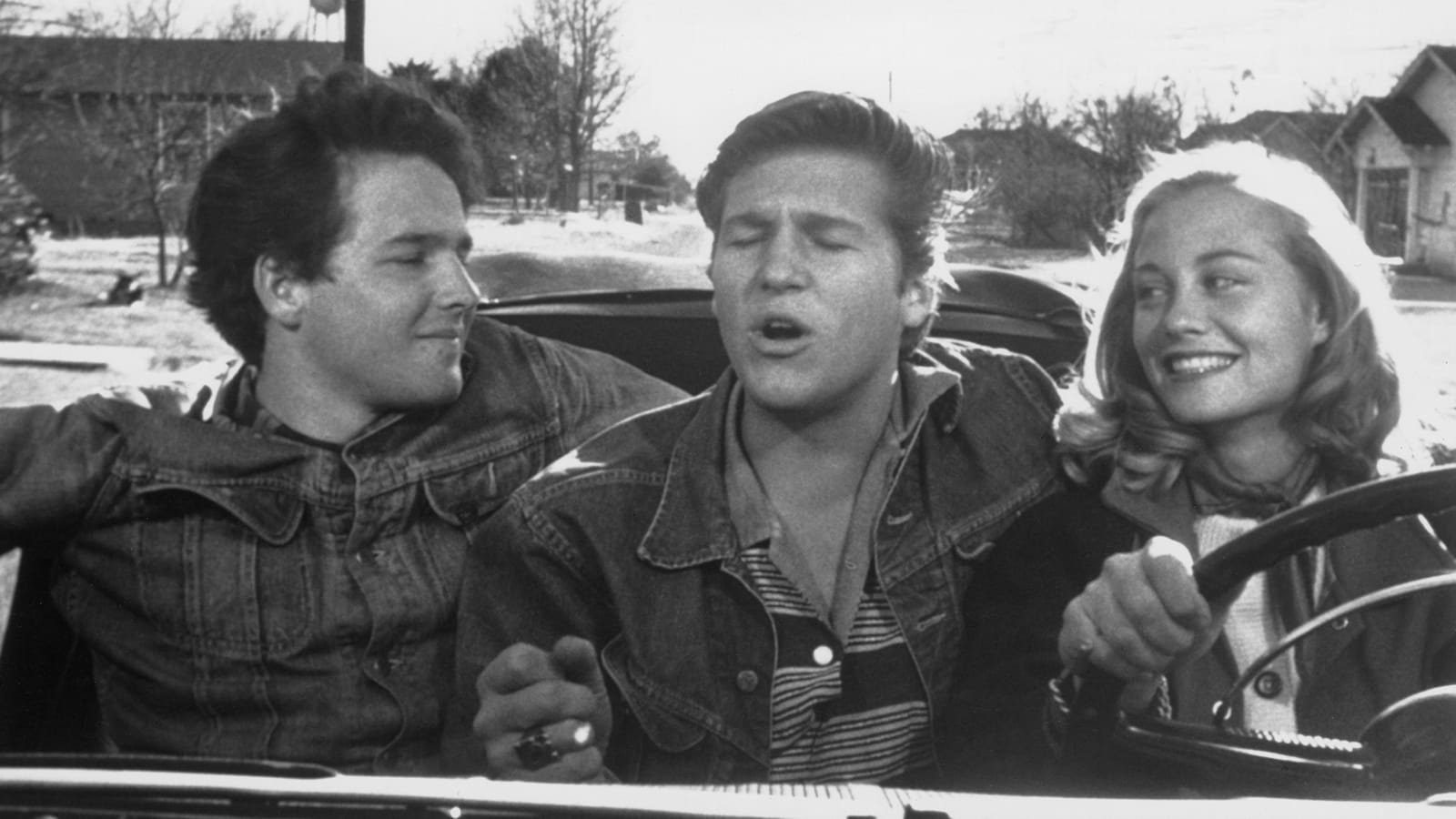
I hesitate to use the word “victory”, as this one is Pyrrhic at best; but…baby steps:
The families of nine victims of the Sandy Hook Elementary School shooting announced Tuesday they have agreed to a $73 million settlement of a lawsuit against the maker of the rifle used to kill 20 first graders and six educators in 2012. The case was watched closely by gun control advocates, gun rights supporters and manufacturers, because of its potential to provide a roadmap for victims of other shootings to sue firearm makers.
The families and a survivor of the shooting sued Remington in 2015, saying the company should have never sold such a dangerous weapon to the public. They said their focus was on preventing future mass shootings by forcing gun companies to be more responsible with their products and how they market them.
At a news conference, some of the parents behind the lawsuit described it as a bittersweet victory.
“Nothing will bring Dylan back,” said Nicole Hockley, whose 6-year-old son was killed in the shooting. “My hope for this lawsuit,” she said, “is that by facing and finally being penalized for the impact of their work, gun companies along with the insurance and banking industries that enable them will be forced to make their practices safer than they’ve ever been, which will save lives and stop more shootings.”
President Joe Biden called the settlement “historic,” saying, “While this settlement does not erase the pain of that tragic day, it does begin the necessary work of holding gun manufacturers accountable for manufacturing weapons of war and irresponsibly marketing these firearms.”
While I was glad to hear the President publicly endorse the settlement, his encouraging words will likely do little to break the Congressional stalemate on pushing through any game-changing gun reform legislation. As the U.S. continues to lead the world in gun-related deaths, the time for action was yesterday (don’t just talk the talk, walk the walk).
Earlier this week on Democracy Now, host Amy Goodman interviewed gun reform activist David Hogg, who certainly didn’t mince words regarding this continued inaction:
AMY GOODMAN: David, first, I want to go to the morning after the [2018 Marjory Douglas Stoneman High School] massacre [in Parkland, Florida] four years ago. You were speaking with CNN and said — amazingly, at that moment, keeping yourself together, considering what you survived and how many didn’t — said action was needed right away to deal with gun violence.
DAVID HOGG [from 2018 archival interview]: What we really need is action, because we can say, yes, we’re going to do all these things, thoughts and prayers. What we need more than that is action. Please. This is the 18th one this year. That’s unacceptable. We’re children. You guys, like, are the adults. You need to take some action and play a role, work together, come over your politics and get something done.
AMY GOODMAN: That was the day after the massacre that you had the presence of mind, David, to talk about what needs to be done in this country, given the horrific attack you had just experienced. Can you talk about from then to now, what you are calling for, what you’ve gone through? Thank you so much for joining us from school. You’re at Harvard now, a student in Cambridge.
DAVID HOGG: Yeah, you know, it’s amazing to look back at that and think about those things that have changed. In the immediate aftermath of the shooting, in the couple of months after that, leading up to midterms, we changed gun laws in Florida, a deeply Republican Legislature that has a — basically, the NRA has a stranglehold over. Despite, you know, basically everybody in the establishment thinking it was impossible, we did change gun laws there.
We were able to force the hand of the Florida state Legislature to get over their politics and work together to actually do something. In the time since Parkland, we passed nearly — well over 50 gun laws at the state level. We changed the Dickey Amendment so that we were able to get the CDC to study the effectiveness of gun laws at the state level, and gotten them funding. And on top of that, we have, you know, some of the most pro-gun violence prevention candidates, at least on paper, ever elected in American history.
Now it’s about making them act. And the reason — the thing that we’re calling for right now is specifically for President Biden to do even more that is within his executive power to act to address gun violence. And two of those things are creating an office, a national office of gun violence prevention, and a director of — a national director of gun violence prevention, that can work together to create a comprehensive plan to address gun violence from the federal government and not create just a piecemeal piece of legislation that’s just universal background checks and one other thing or just universal background checks, but comes up with a comprehensive plan for the federal government to address gun violence, regardless of what’s happening in the Senate.
Here’s hoping that this week’s court decision will be a catalyst for meaningful change (although it hinges on the legislative branch of our government to do their part as well). Speaking for myself, my hands are all wrung out regarding this particular subject. As I lamented in a 2018 post I published just several days following the Parkland shootings:
You know what “they” say-we all have a breaking point. When it comes to this particular topic, I have to say, I think that I may have finally reached mine. I’ve written about this so many times, in the wake of so many horrible mass shootings, that I’ve lost count. I’m out of words. There are no Scrabble tiles left in the bag, and I’m stuck with a “Q” and a “Z”. Game over. Oh waiter-check, please. The end. Finis. I have no mouth, and I must scream.
Something else “they” say…music soothes the savage beast. Not that this 10-song playlist that I have assembled will necessarily assuage the grief, provide the answers that we seek, or shed any new light on the subject-but sometimes, when words fail, music speaks.
And so, four years later (to the day) I’m re-posting that playlist (slightly revised), because these songs remain timely. As Harry Chapin tells his audience in the clip below: “Here’s a song that I could probably talk about for two weeks. But I’m not going to burden you, and hopefully the story and the words will tell it the way it should be.”
What Harry said.
“Bang Bang”- Green Day
“Family Snapshot” – Peter Gabriel
“Friend of Mine” – Jonathan & Stephen Cohen (Columbine survivors)
“Guns Guns Guns” – The Guess Who
“I Don’t Like Mondays” – The Boomtown Rats
“In the Ghetto” – Elvis Presley
“Jeremy” – Pearl Jam
“Melt the Guns” – XTC
“Perfection” – Badfinger
“Saturday Night Special” – Lynyrd Skynyrd
“Sniper” – Harry Chapin
“Ticking” – Elton John
Previous posts with related themes:
The Death Hour: How Hollywood Tried to Warn Us
More reviews at Den of Cinema
—Dennis Hartley
email: denofcinema@gmail.com







































